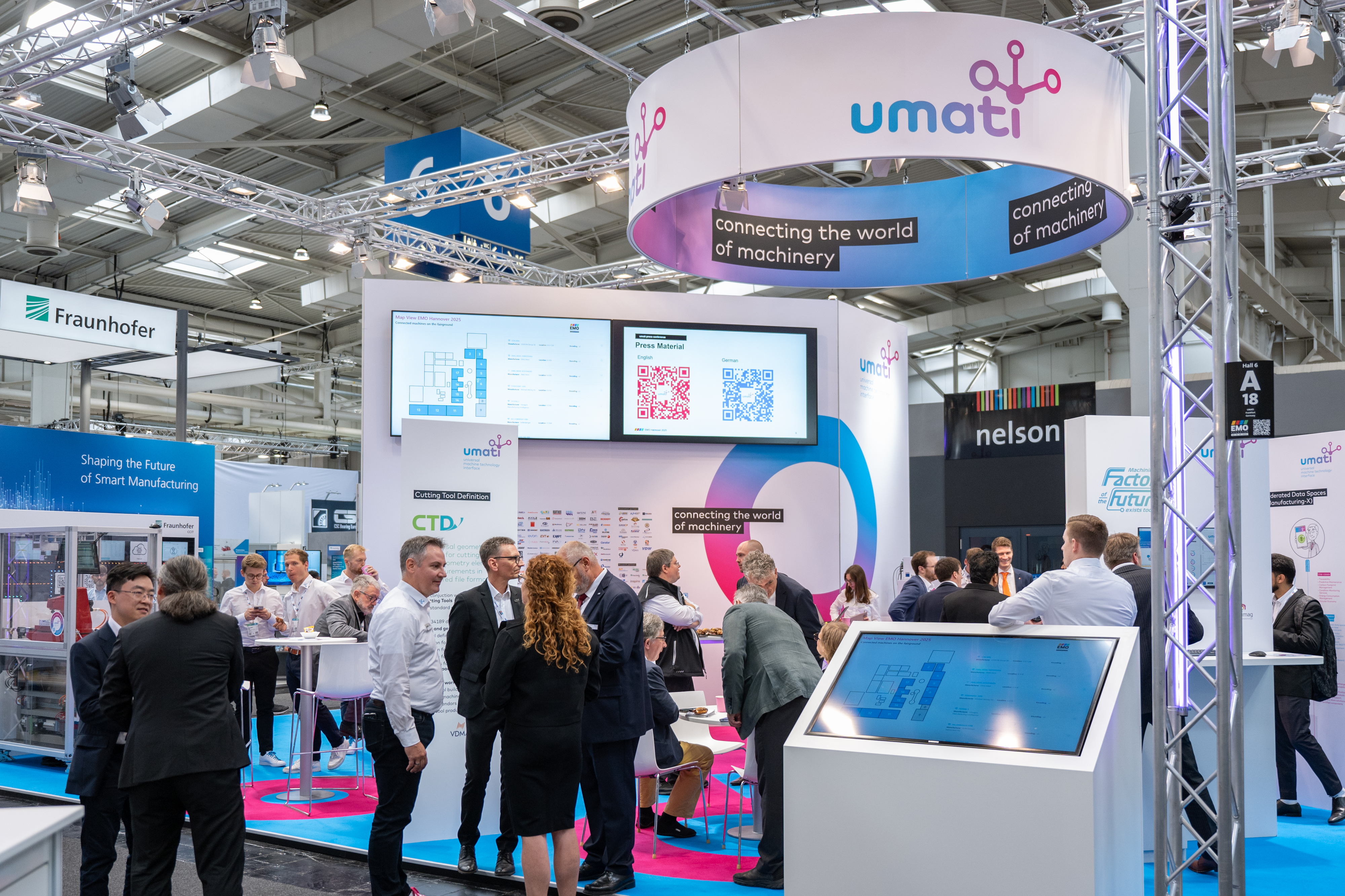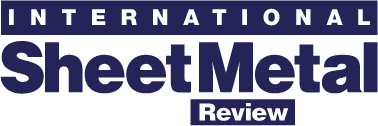
Open interface for connected manufacturing
Submitted by:
Sara Waddington
Open standards, open interfaces and collaborative efforts are driving the digital transformation of connected manufacturing. Umati, which stands for "universal machine technology interface", is the global connectivity initiative from the VDW (German Machine Tool Builders' Association) and the VDMA. At the EMO Hannover trade show from 22-26 September 2025, visitors witnessed various demonstrations of how it can be used to allow machines to communicate easily, seamlessly and securely with each other on a worldwide basis, as well as how it could be used to turn data into added value.
The universal machine technology interface (umati) is the global initiative for open communication interfaces for the mechanical engineering industry and its customers. Mechanical engineering companies, software manufacturers, component suppliers and users are joining forces to form a strong community that promotes the use of open, standardised interfaces based on OPC UA Companion Specifications. Umati ensures their identical implementation, offers a platform for exchanging experience and information, creates visibility in the market and demonstrates the added value of OPC UA in a practical way.
Umati enables the exchange of data between machines, components and systems and their integration into customer and user-specific IT ecosystems simply, seamlessly and securely. Umati is supported by the VDW and VDMA and is based on OPC UA, a communication framework between devices on the shop floor. Standardised data models defined in the OPC UA Companion Specifications can be easily enhanced with customer or manufacturer-specific data.
Around 25 Companion Specifications have already been published for the mechanical engineering sector for various technologies such as robotics, measuring systems, plastics and rubber machines, woodworking, machine tools etc. Thirty more are in development. In addition, the central Companion Specification OPC UA for Machinery contains basic modules that are crucial for the entire mechanical and plant engineering sector e.g. identification, order management and energy monitoring.
Umati at EMO Hannover 2025
Since its launch at EMO Hannover in 2019, the umati initiative has now established itself worldwide. Over the years, it has been a regular fixture at numerous trade shows in Germany and overseas. However, an important, perhaps lesser-known fact about the initiative is that there are now over 15 technology sectors in the mechanical and plant engineering industry which offer easy access to production data in a uniform, standardised data ecosystem. In addition to machinery in general, these include additive manufacturing; flat glass production; geometric measurement technology; assembly technology; laser systems; image processing; rubber and plastics machinery; robotics; surface technology; textile testing; weighing technology; wire harness production; woodworking and, of course, machine tools for metalworking. Accordingly, many of the OPC UA specifications (on which the interfaces are based) have therefore been successfully implemented in products.
EMO Hannover visitors this September discovered the latest technology developments at the umati booth in Hall 6. The stand focused on a wide range of aspects that help machines and software to communicate successfully with each other and thus enable standardised access to data. This ultimately makes it possible to generate added value from this data (e.g. in the form of energy consumption analyses or AI applications).
At EMO Hannover 2025, umati demonstrated how open, standardised interfaces are taking networked manufacturing to a new level. Visitors experienced live how machines and systems communicate across manufacturers. Innovative solutions for production and practical live demonstrations of machine communication were presented.
Dr. Alexander Broos, Head of Research and Technology, VDW and umati project manager, comemented: "Umati has been able to prove that interfaces don't have to be complicated. Now it's all about demonstrating how the data can be used to create added value." This requires numerous, often smaller further developments or solution modules, which then combine to achieve the required result.
Energy monitoring for carbon footprint
Several sub-exhibits at the umati booth covered a common topic; the determination of energy consumption data. This is necessary, for example, to comply with reporting obligations on the carbon footprint of companies or products. At the heart of this are implementations of OPC UA 40001-4 (OPC UA for Machinery Part 4: Energy Management).
To read the rest of this article in the October issue of ISMR, see https://joom.ag/JO2d/p72
